 An Introduction to the Theory of Aeroelasticity
An Introduction to the Theory of Aeroelasticityby Y C Fung
Publisher: Dover Publications
ISBN: 0486469360
Geared toward advanced undergraduates and graduate students, this outstanding text was written by one of the founders of bioengineering and modern biomechanics. It offers unusually thorough coverage of the interaction of aerodynamic forces and elastic structures.
It has also proven highly useful to designers and engineers concerned with flutter, structural dynamics, flight loads, and related subjects.An introductory chapter covers concepts of aerodynamics, elasticity, and mechanical vibrations.
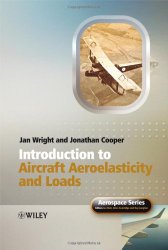 Introduction to Aircraft Aeroelasticity and Loads
Introduction to Aircraft Aeroelasticity and Loadsby Jan Robert Wright, Jonathan Edward Cooper
Publisher: Wiley
ISBN: 0470858400
Aircraft performance is influenced significantly both by aeroelastic phenomena, arising from the interaction of elastic, inertial and aerodynamic forces, and by load variations resulting from flight and ground manoeuvres and gust / turbulence encounters. There is a strong link between aeroelasticity and loads, and these topics have become increasingly integrated in recent years.
Introduction to Aircraft Aeroelasticity and Loads introduces the reader to the main principles involved in a wide range of aeroelasticity and loads topics. Divided into three sections, the book begins by reviewing the underlying disciplines of vibrations, aerodynamics, loads and control.
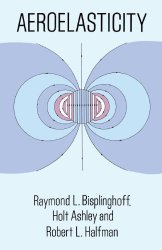 Aeroelasticity
Aeroelasticityby Raymond L. Bisplinghoff, Holt Ashley, Robert L. Halfman
Publisher: Dover Publications
ISBN: 0486691896
Designed as both a textbook for advanced engineering students and a reference book for practicing engineers, this highly regarded work deals not only with the practical aspects of aeroelasticity, but the aerodynamic and structural tools upon which these rest. Accordingly, the book divides roughly into two halves: the first deals with the tools and the second with applications of the tools to aeroelastic phenomena.
Topics include deformation of airplane structures under static and dynamic loads, approximate methods of computing natural mode shapes and frequencies, two-and three-dimensional incompressible flow, compressible flow, wings and bodies in three-dimensional unsteady flow, static aeroelastic phenomena, flutter, dynamic response phenomena, aeroelastic model theory, model design and construction, testing techniques and more.
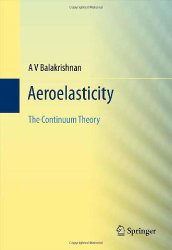 Aeroelasticity: The Continuum Theory
Aeroelasticity: The Continuum Theoryby AV Balakrishnan
Publisher: Springer
ISBN: 1461436087
The author's approach is one of continuum models of the aerodynamic flow interacting with a flexible structure whose behavior is governed by partial differential equations. Both linear and nonlinear models are considered although much of the book is concerned with the former while keeping the latter clearly in view. A complete chapter is also devoted to nonlinear theory.
The author has provided new insights into the classical inviscid aerodynamics and raises novel and interesting questions on fundamental issues that have too often been neglected or forgotten in the development of the early history of the subject. The author contrasts his approach with discrete models for the unsteady aerodynamic flow and the finite element model for the structure. Much of the aeroelasticity has been developed with applications formerly in mind because of its enormous consequences for the safety of aircraft.
 Introduction to Structural Dynamics and Aeroelasticity
Introduction to Structural Dynamics and Aeroelasticityby Dewey H. Hodges, G. Alvin Pierce
Publisher: Cambridge University Press
ISBN: 052119590X
This text introduces structural dynamics and aeroelasticity, emphasizing conventional aircraft. It considers structural dynamics, static aeroelasticity, and dynamic aeroelasticity. The structural dynamics material emphasizes vibration, the modal representation, and dynamic response. Aeroelastic phenomena discussed include divergence, aileron reversal, airload redistribution, unsteady aerodynamics, flutter, and elastic tailoring. More than fifty problems enhance student learning.
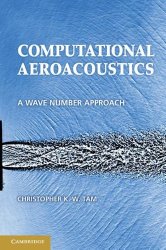 Computational Aeroacoustics: A Wave Number Approach
Computational Aeroacoustics: A Wave Number Approach Fundamentals of Physical Acoustics
Fundamentals of Physical Acoustics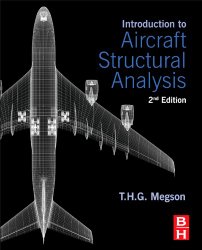 Introduction to Aircraft Structural Analysis
Introduction to Aircraft Structural Analysis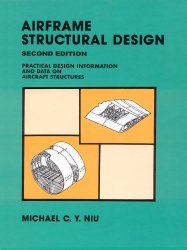 Airframe Structural Design: Practical Design Information and Data on Aircraft Structures
Airframe Structural Design: Practical Design Information and Data on Aircraft Structures